Research at Mississippi State University
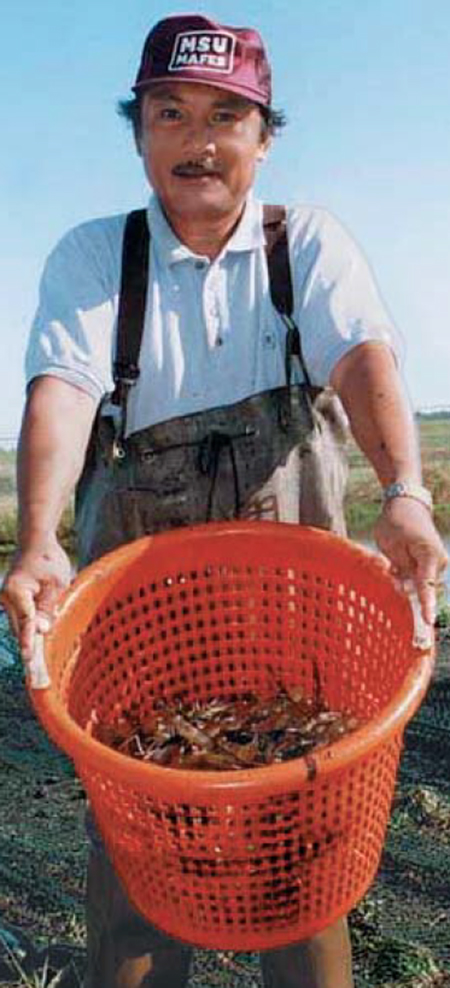
The relative interest of potential farmers to grow freshwater prawn (Macrobrachium rosenbergii) depends on the relative economic viability of the prawn enterprise.
At this time, the development of yield-enhancing and cost-reducing technological innovations would improve the economic viability of this emerging industry.
In Mississippi, USA, 80 ha have been used to produce freshwater prawns, compared to more than 40,000 ha devoted to catfish production. One commercial freshwater prawn operation in the Mississippi Delta reported an average yield of 900 kilograms per hectare in 1998-1999 from 0.8-ha ponds stocked with 34,600 postlarvae per hectare.
A larger commercial operation in coastal Mississippi reported prawn yields of less than 1,000 kilograms per hectare in 0.8- and 1.2-ha ponds in 2001.
Research efforts at the Coastal Aquaculture Unit of Mississippi State University in Gulfport, Mississippi, USA have focused on development of an economically viable freshwater prawn production system. As part of this work, the university conducted trials to determine the effects of protein content in feed on the survival, count, yield, and feed conversion of freshwater prawns raised in ponds. A grow-out experiment using different feed protein levels in 0.10-ha ponds was conducted at the Coastal Aquaculture Unit.
Pond preparation
Twelve randomly selected ponds consisting of three control ponds and nine treatment ponds were used in the experiment. The ponds were drained in November 1999, soil pH was measured, and agricultural lime was applied at an average rate of 2.4 metric tons (MT) per hectare. Ponds were flooded to about 1.2 meters deep, and rotenone was applied at 900 milliliters per pond in May 2000. A 1/2-hp electric aerator was installed in each pond.
Stocking
Each pond was stocked in June 2000 with 4,500 45-day old juveniles weighing 0.15 grams each – equivalent to 44,478 PLs per hectare. The juveniles were transported from a commercial hatchery 30 minutes away in a live-haul truck. For acclimation, half the water in each of the 12 tanks was replaced with pond water. The juveniles were transferred to buckets and stocked in the ponds, allowing them to swim out of the buckets at their own pace.
Feeds and feeding
Feeding schedules were prepared for three feeding periods: first 30 days, second 30 days, and last 60 days. A daily ration of cottonseed meal was provided in all ponds during the first 30 days at a rate of about 3.7 kilograms per hectare. In the control ponds (treatment A), prawns were fed pelletized, 32 percent-protein sinking catfish feed from day 31 until harvest.
The first set of three treatment ponds (treatment B) received the same catfish feed from day 31 to day 60, with extruded, 35 percent protein sinking shrimp feed from day 61 until harvest time. Prawns in a second set of three ponds (treatment C) were fed catfish feed during the second period, and with extruded, 40 percent-protein sinking shrimp feed during the final period. In the final set of three ponds (treatment D) 35 percent protein shrimp feed was applied from day 31 until harvest. All feed was broadcast twice daily along each side of the ponds, at 8-9 a.m. and 4-5 p.m.
Water quality
Dissolved oxygen and temperature were monitored daily, and salinity, pH, total ammonia, nitrogen, and nitrite were measured on a biweekly basis.
Harvest
During harvest, ponds were drained through screened drainpipes and pumps to avoid accidental release into the environment. Prawns were picked up from low areas in the pond and harvest sumps located near the drainpipes. They were washed, weighed, loaded in totes with ice, and transported to the processing plant.
Results
The use of higher feed protein levels in the experimental prawn grow-out did not produce higher prawn yields. Different feed protein levels had no significant effects on prawn survival rate, harvest size or count, yield, or gross feed conversion.
Prawn yields (Fig. 1) averaged 1,049 kilograms per hectare, ranging from 906 kilograms per hectare for treatment C to 1,183 kilograms per hectare for treatment A. Survival rates averaged 51 percent. Prawn counts were about 22 animals per kilogram, and gross feed conversion ratio was 3.5 kg feed per kilogram prawn (Fig. 2).
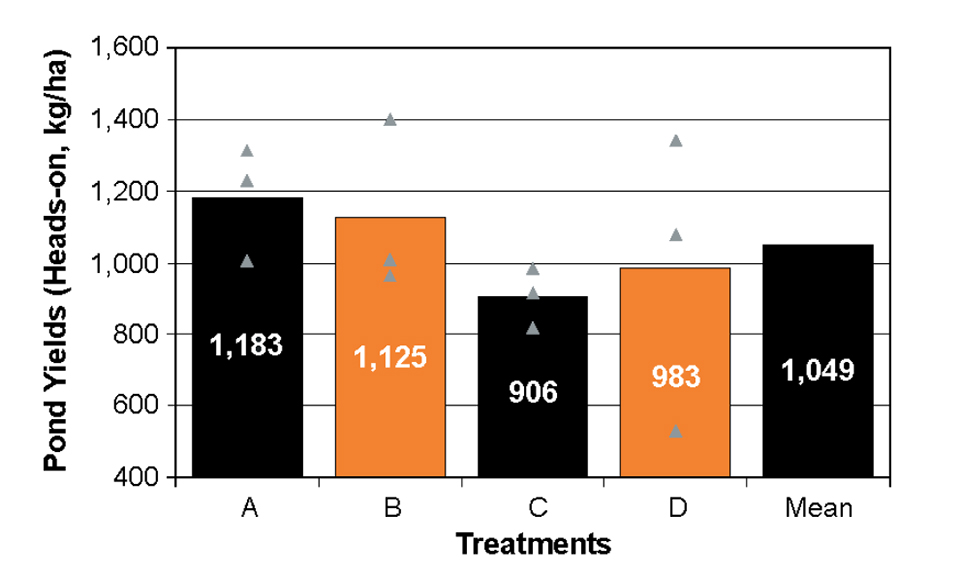
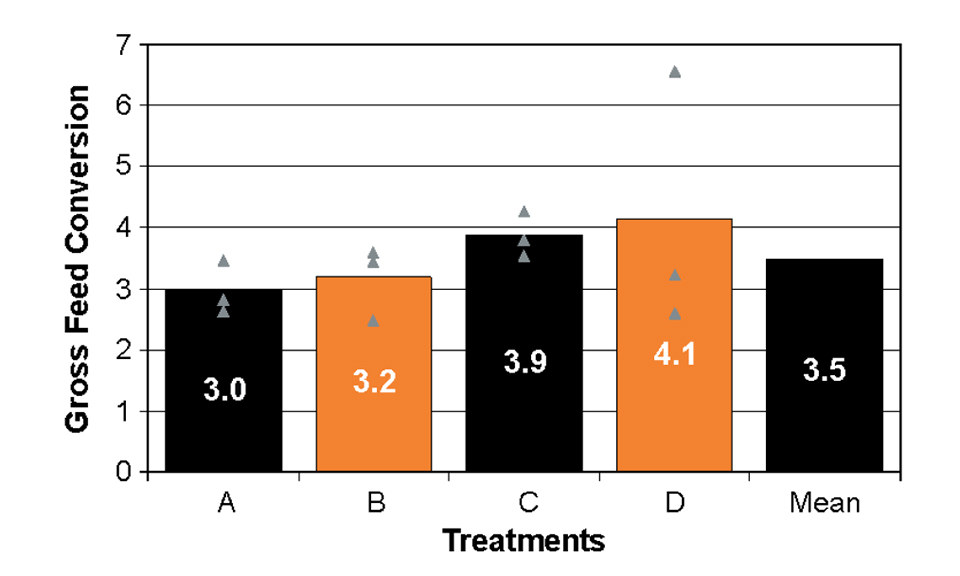
Although not significantly different, better survival, count, yield, and feed conversion were observed among ponds with the sinking catfish feed. These results, however, indicated that 0.10-ha pond yields averaging 1,049 kilograms per hectare were attainable at a stocking density of 44,478 postlarvae per hectare.
Conclusion
Our results showed no significant effects of different protein levels on freshwater prawn production. Earlier results by other U.S. investigators also indicated insignificant differences in pond yields from the use of a commercial catfish feed and an experimental shrimp feed with varying protein levels. Our efforts to develop a better feed will continue so that Mississippi prawn farmers can competitively produce freshwater prawns at sustainable levels.
(Editor’s Note: This article was originally published in the December 2001 print edition of the Global Aquaculture Advocate.)
Now that you've reached the end of the article ...
… please consider supporting GSA’s mission to advance responsible seafood practices through education, advocacy and third-party assurances. The Advocate aims to document the evolution of responsible seafood practices and share the expansive knowledge of our vast network of contributors.
By becoming a Global Seafood Alliance member, you’re ensuring that all of the pre-competitive work we do through member benefits, resources and events can continue. Individual membership costs just $50 a year.
Not a GSA member? Join us.
Authors
-
Benedict C. Posadas, Ph.D.
Assistant Economist
Mississippi State University
Coastal Research and Extension Center
Sea Grant Advisory Service
2710 Beach Boulevard, Suite 1-E
Biloxi, Mississippi 39531 USA[117,100,101,46,101,116,97,116,115,115,109,46,116,120,101,64,112,110,101,98]
-
S. Christine Walters
Mississippi State University
Coastal Research and Extension Center
Coastal Aquaculture Unit
Gulfport, Mississippi, USA -
R. David Long
Mississippi State University
Coastal Research and Extension Center
Coastal Aquaculture Unit
Gulfport, Mississippi, USA
Related Posts
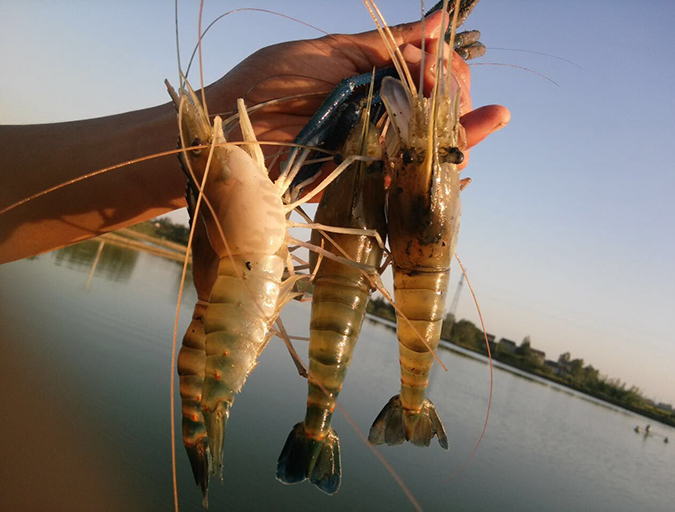
Intelligence
Culture of giant freshwater prawns in China
Farming of giant freshwater prawns is very popular in China. The Yangtze River Delta region produces more than 60 percent of the country's output. Production increases have resulted from a novel system that involves greenhouses that allow ponds to be stocked ahead by two months.
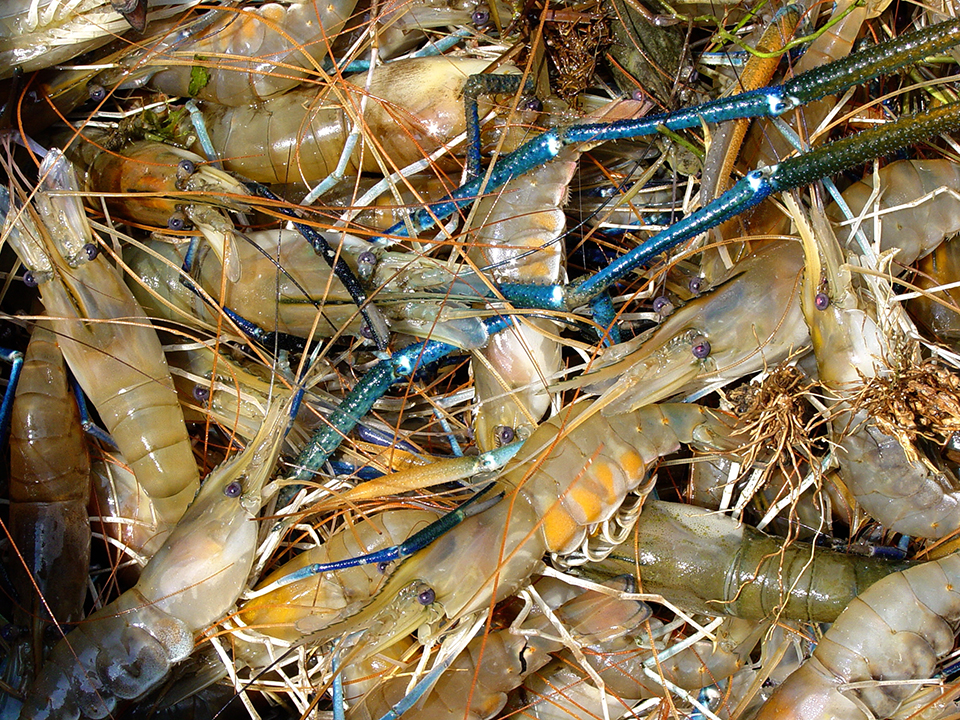
Aquafeeds
Feeding strategy supports freshwater prawns without fishmeal, fish oil
Low-input culture practices for freshwater prawns can manage their growth and biological characteristics so they can be fed no fishmeal or fish oil.

Health & Welfare
Ammonia toxicity degrades animal health, growth
Ammonia nitrogen occurs in aquaculture systems as a waste product of protein metabolism by aquatic animals and degradation of organic matter, or in nitrogen fertilizers. Exposure can reduce growth and increase susceptibility to diseases in aquatic species.

Health & Welfare
Emerging disease: Shrimp Hemocyte Iridescent Virus (SHIV)
SHIV is a new Pacific white shrimp virus in the Iridoviridae family. Authors also developed an ISH assay and a nested PCR method for its specific detection.


